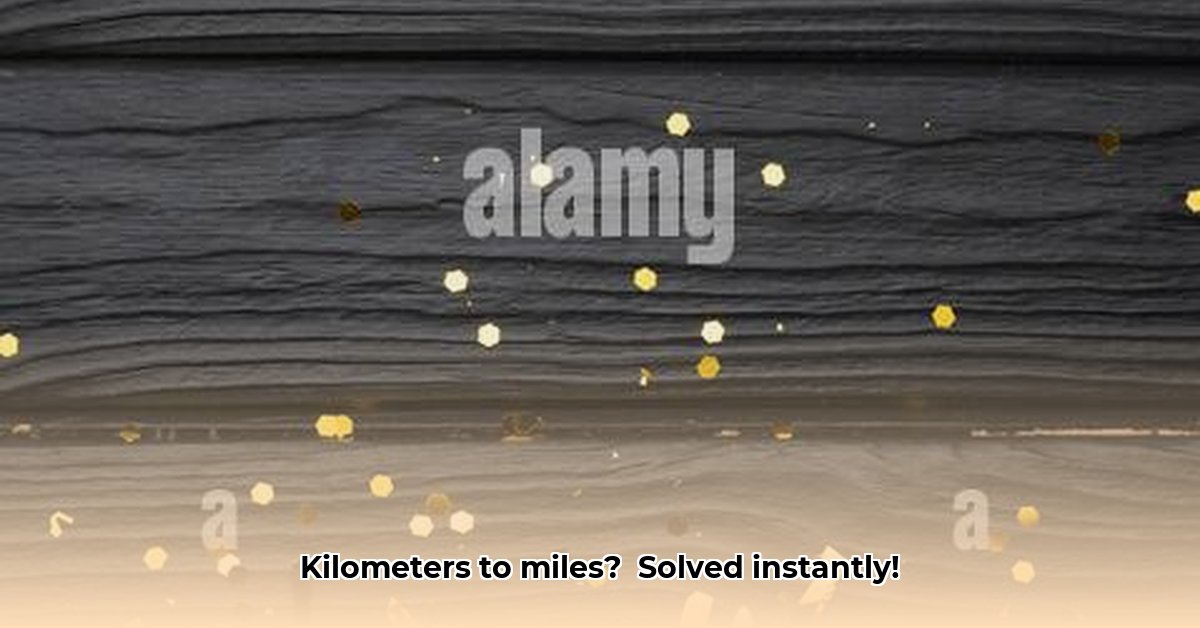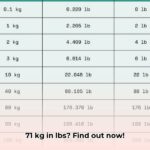Do you need to know how many miles are in 29 kilometers? For longer distances, check out this helpful conversion guide: 300 km to miles. Whether for planning a road trip, tracking your fitness progress, or working on a project that requires unit conversion, understanding how to convert kilometers to miles is a valuable skill. This guide offers a step-by-step approach to converting kilometers to miles, providing clarity and context to distance measurement.
Why Convert Kilometers to Miles? Understanding the Basics
The conversion between kilometers and miles is rooted in a fundamental ratio, essential for various applications, including international travel, sports, and global commerce. One kilometer is approximately equal to 0.621371 miles. This conversion factor arises from the distinct histories of the metric and imperial systems. While the metric system is known for its simplicity and base-10 structure, the imperial system relies on a more complex set of units. Understanding this conversion is crucial in a globalized world.
Key takeaways:
- The accurate conversion factor from kilometers to miles is about 0.621371, which is vital for precision, especially over long distances.
- Rounding can lead to minor discrepancies, so the level of precision should match the application’s requirements.
- Knowing the historical background of the metric and imperial systems sheds light on the necessity of conversions.
Step-by-Step: Converting 29 Kilometers to Miles
Converting 29 kilometers into miles is a straightforward process with significant implications for fields like global trade and precise navigation. Here’s how to do it:
- Know the Conversion Factor: One kilometer is roughly 0.621371 miles. This ratio forms the basis of the conversion between the metric and imperial systems.
- Perform the Multiplication: Multiply 29 kilometers by the conversion factor of 0.621371.
- Calculate: 29 km * 0.621371 mi/km ≈ 18.019759 miles.
- Round if Needed: Depending on the situation, you might round the result. For most general purposes, 18.02 miles is sufficient. However, for applications requiring greater accuracy, retain more decimal places.
This method is applicable whether you’re seeking accurate kilometer to mile conversions in international trade or need kilometers to miles conversion for navigation apps.
Applications: From Road Signs to International Trade
The ability to seamlessly convert between kilometers and miles is critical in our interconnected world, impacting everything from daily commutes to international commerce. For international travelers, road signs, maps, and GPS systems may use different units. Being able to quickly convert between kilometers and miles is essential for avoiding confusion and ensuring accurate navigation, especially when dealing with precise kilometer to mile conversions in international trade. Businesses involved in international shipping, logistics, and trade also heavily rely on these conversions to ensure smooth and efficient operations.
A Tale of Two Systems: The History Behind Kilometers and Miles
The need to convert kilometers to miles stems from the existence of two primary measurement systems: the metric system, which uses kilometers, and the imperial system, which uses miles. The metric system, with its base-ten structure, is admired for its simplicity and ease of use. The imperial system, however, is more complex, with historical roots in various units of measurement. Understanding the origins and evolution of these systems helps explain why conversions are necessary.
Practical Uses: Real-World Examples
Accurate distance conversions serve a multitude of purposes, including kilometers to miles conversion for navigation apps and accurate kilometer to mile conversions in international trade.
- Travel Planning: When planning international trips, converting distances helps in understanding maps and navigating unfamiliar routes.
- Fitness Tracking: Converting between kilometers and miles is common when monitoring progress in running, cycling, and other fitness activities.
- Global Shipping: Calculating shipping costs and estimating delivery times for international shipments requires accurate distance conversions.
- Real Estate: Converting between units assists in comparing property sizes and distances in different regions.
- Aviation: Pilots use nautical miles, which are different from statute miles (used on land), requiring another level of conversion awareness for flight planning.
Precision Matters: Tailoring Accuracy to the Task
While the precise conversion factor is 0.621371 miles per kilometer, a simplified version like 0.6214 may suffice for many applications. The required level of accuracy depends on the specific use case. For casual estimations, approximations are often adequate, but scientific and engineering applications demand greater precision and the use of more decimal places.
Quick Conversions in Your Head
While precise conversion requires multiplication, here are two quick estimation methods:
- The 60% Rule: Multiply the number of kilometers by 0.6. This gives a quick, though less accurate, estimate. For 29 km: 29 * 0.6 = 17.4 miles (approximately).
- The Fibonacci Sequence Method: The Fibonacci sequence (1, 1, 2, 3, 5, 8, 13, 21, 34, 55…) can be used for rough estimates. Find two consecutive numbers in the sequence. The higher number can represent kilometers, and the lower number represents miles. For example, 34 kilometers is roughly equivalent to 21 miles.
Key Considerations
Keep these points in mind when performing conversions:
- Simple rounding is adequate when precision isn’t critical.
- High precision is essential for specific applications, like accurate kilometer to mile conversions in international trade.
- Always double-check the conversion factor being used.
In Conclusion
Converting 29 kilometers to miles involves a straightforward multiplication, but it represents the intersection of different measurement systems and underscores the need for clear communication in our globalized world. Whether planning a trip or working on a professional project, choosing the appropriate level of accuracy ensures effective communication and accurate results. Understanding the reasons behind these conversions enhances your grasp of units and measurement history.
- Grace Hopper: The Admiral Who Made Computers Speak English: A Legacy of Innovation - August 4, 2025
- Lincoln’s Telegraph: Winning the Civil War - August 4, 2025
- Rosalind Franklin: The Uncredited Pioneer Behind DNA’s Structure: A Deeper Look - August 4, 2025
















